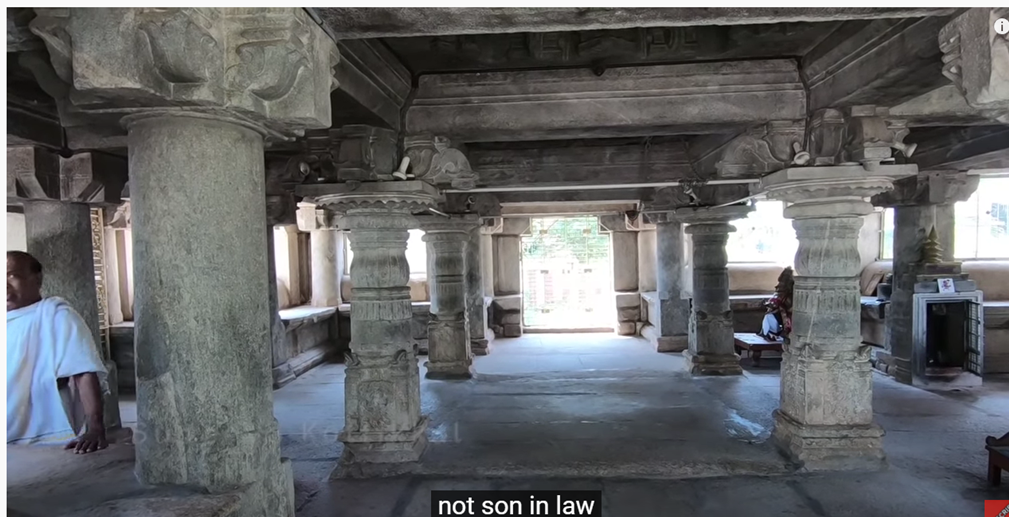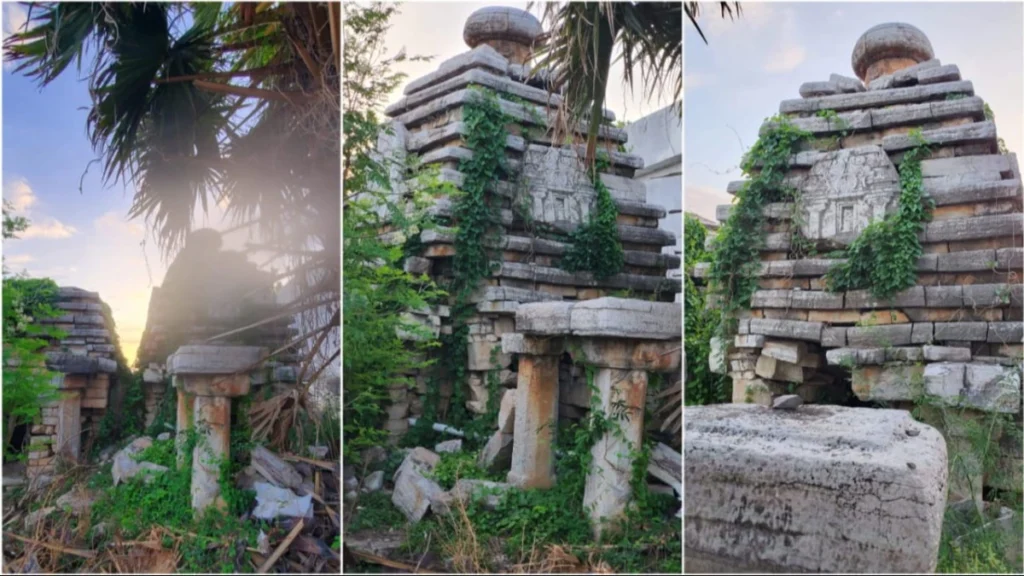Posted inBlog Historical Sites
3730 Ikshvaku Period Coins Pot Found in Telangana, Phanigiri, Suryapet
Among the artifacts found was an earthen pot, measuring 16.7 cm in diameter and 15 cm in height, buried at a depth of two feet. Inside this pot, they discovered a total of 3,730 lead coins. Each coin, with an average weight of 2.3g. Each coin featured an elephant symbol on one side and the Ujjain symbol on the other.
These coins are believed to belong to the Ikshvaku period, dating between the third and fourth centuries CE









